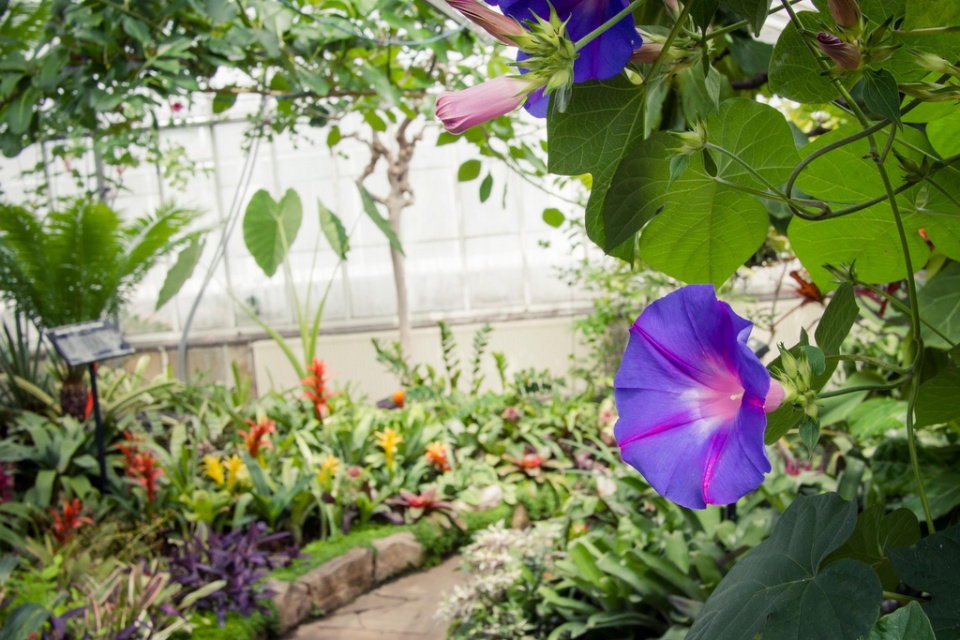As a plant parent, there is an undeniable joy that comes from taking care of a living
creature and watching it flourish in return. Needing only a small investment of time, soil, and water to keep it alive, plants are one of the most cost efficient living things. The accessibility of owning plants and the mood enhancing
experience that accompanies them has caused the plant economy in Canada to increase 8% to 1.5 billion dollars from 2013 to 2018.
 |
| The arid room hosts a plethora of unique succulents and cacti. Source |
Not everyone
is capable of keeping plants alive but there are other possibilities for plant
appreciation. Instead of consistently reverting to static and inanimate
objects, there are important living collections in most Canadian cities – plant
conservatories. Toronto is fortunate enough to have one with free admission
in the heart of the city, the Allen Gardens Conservatory. Similar to an art
gallery that displays different eras of art, the Allen Gardens Conservatory
features six green houses that include palms, cacti and succulents, tropical
plants, and many more.
I have
happily spent many afternoons in plant conservatories across North America and
whether you are a plant lover or not, it is impossible to not be struck by
their beauty, which is an immersive experience. Each room offers a new adventures,
teleporting you from desserts covered in succulents and cacti to tropical forests
complete with waterfalls and lush greenery. Curtis Evoy, the supervisor at the
Allen Gardens Conservatory, says that “Live plants can tickle all of our senses
– sight, touch, smell, hearing, and taste. Whereas an inanimate object may just
satisfy one or two of the senses.”
 |
| The tropical room in full bloom. Source |
Beyond the beauty,
plant conservatories, especially the Allen Gardens, serve as an important place
for discussions about Indigenous connections to the land. Every institution has
a land acknowledge that recognizes the presence of Indigenous groups and their
unique connection to the land long before settlers. This good natured gesture
rarely goes beyond an acknowledgement, even though it is meant to play an important
role in decolonization and putting Indigenization into action. Allen Gardens is
one of the few places putting land back into the hands of Indigenous peoples through
gardening and art.
Plants have
always played an important role in Indigenous cultures. There is
a permanent Indigenous Medicinal Garden outside the conservatory growing traditional
plants with the local Indigenous community. It includes staples such as sage,
sweetgrass, and tobacco. Making space for traditional Indigenous plants and allowing
the community to utilize them re-affirms the history of the land and its
stewards through action rather than words.
 |
| The banners in front of the conservatory. Source |
The Allen Gardens Conservatory is the perfect place to spend a sunny or dreary Toronto day. It has something for plant admirers and adversaries. I look forward to seeing how the conservatory continues to work with Indigenous peoples and that other institutions follow their lead.


No comments:
Post a Comment
Note: only a member of this blog may post a comment.